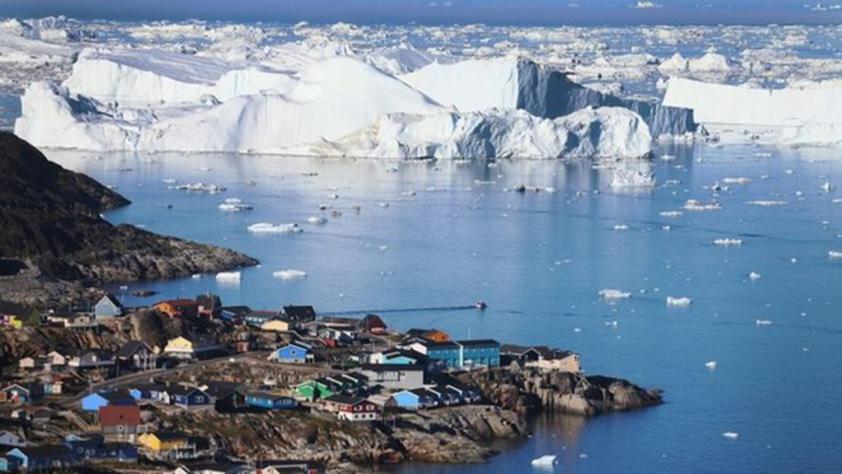-
Tips for becoming a good boxer - November 6, 2020
-
7 expert tips for making your hens night a memorable one - November 6, 2020
-
5 reasons to host your Christmas party on a cruise boat - November 6, 2020
-
What to do when you’re charged with a crime - November 6, 2020
-
Should you get one or multiple dogs? Here’s all you need to know - November 3, 2020
-
A Guide: How to Build Your Very Own Magic Mirror - February 14, 2019
-
Our Top Inspirational Baseball Stars - November 24, 2018
-
Five Tech Tools That Will Help You Turn Your Blog into a Business - November 24, 2018
-
How to Indulge on Vacation without Expanding Your Waist - November 9, 2018
-
5 Strategies for Businesses to Appeal to Today’s Increasingly Mobile-Crazed Customers - November 9, 2018
Climate Change Can Cause Sea Levels to Rise Up to 20 Feet
The scientific community widely accepts that 2 degrees Celsius is the most the average global temperature can rise to avoid the most damaging effects of climate change. At that time, the temperature was the same as it is today. Sea level peaked somewhere between 20 and 40 feet above present during an earlier warm period about 400,000 years ago, when global average temperatures are estimated to have been about 1.8 to 3.6 degrees warmer than the preindustrial average (though that estimate is uncertain).
Advertisement
Sea levels could rise by at least six metres (20 feet) in the long term, swamping coasts from Florida to Bangladesh, even if governments achieve their goals for curbing global warming, according to a study published on Thursday. “An important uncertainty for future projections of the Greenland ice sheet is the threshold temperature beyond which it undergoes irreversible retreat, with current estimates ranging from 1 to 4 degrees C. above pre-industrial temperatures”.
The study reached some startling conclusions. However, coastal cities worldwide have experienced enormous growth in population and infrastructure over the past couple of centuries – and a global mean sea level rise of 10 to 20 feet could be catastrophic to the hundreds of millions of people living in these coastal zones. Louisiana would lose its boot shape, and San Francisco could become its own island. “It takes time for the warming to whittle down the ice sheets”, said Carlson, who is in OSU’s College of Earth, Ocean and Atmospheric Sciences, “but it doesn’t take forever”.
“Studies have shown that both the Greenland and Antarctic ice sheets contributed significantly to this sea level rise above modern levels”, said Anders Carlson, one of the researchers, in a news release.
The review actually summarized more than 30 years of research on past changes in ice sheets and sea level.
Apart from this, similar sea level rising events also took place during a time when Earth was also going through a similar period some 400,000 years ago.
“Present climate is warming to a level associated with significant polar ice-sheet loss in the past” said Rutgers oceanographer Benjamin Horton, one of study’s authors. Some greenhouse gases can linger for centuries in the atmosphere. In particular, they consider evidence of ancient sea level and ice sheet reconstructions in various models and review the state of knowledge of the magnitudes, rates and sources of sea-level rise during several of the most prominent interglacial peaks of the last 3 million years. That rise has helped boost the surge and flooding damage from storms like Sandy and Typhoon Haiyan, and dramatically increased the occurrence of everyday flooding during high tide in cities from Baltimore to Honolulu.
“Scenarios of future rise are dependent upon understanding the response of sea level to climate changes”.
Advertisement
“Tipping isn’t just a theoretical risk, it’s a actuality”, Ricarda Winkelmann of the Potsdam Institute for Climate Impact Research informed a science convention in Paris.




























